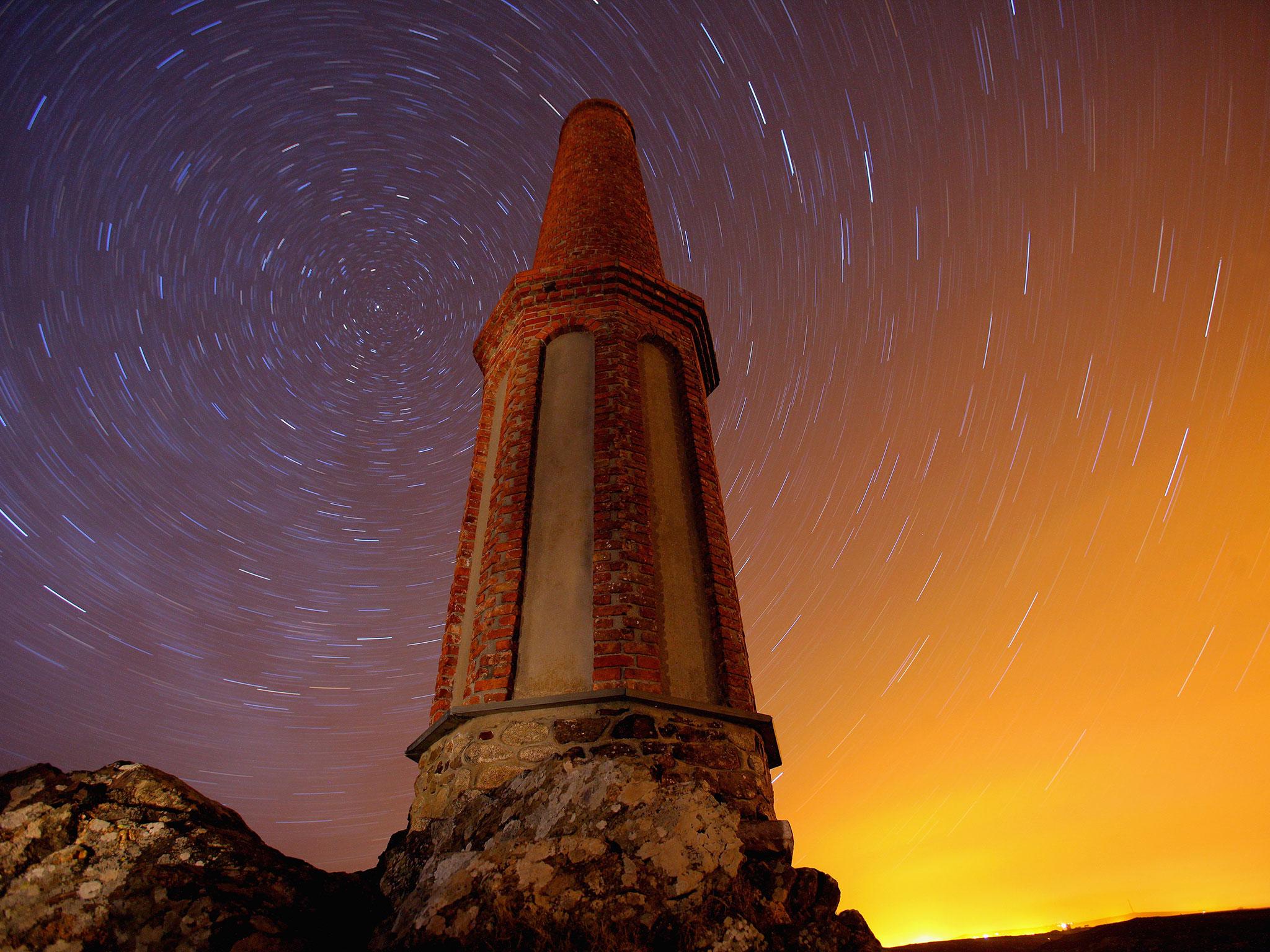Astronomers prove 200-year-old theory about why it gets dark at night
The universe is much bigger than previously thought so the sky should be filled with stars – the reason it isn’t was put forward two centuries ago to explain ‘Olbers Paradox’

A theory that explains why it gets dark at night – dismissed by scientists for 200 years – has been proved right by new research using images from the Hubble Space Telescope.
German astronomer Heinrich Olbers famously pondered the “dark sky paradox”: if there was an infinite number of stars in the universe, how could it get dark at night as every point in the sky would contain a star.
He suggested clouds of hydrogen could be blocking the light.
But later astronomers estimated there were actually 100 to 200 billion galaxies in the observable universe – not enough to fill the sky – so this theory was not needed to explain why it gets dark.

However, astronomers have now calculated there are about two trillion galaxies after using the Hubble to look back some 13 billion years to the dawn of the universe.
And Professor Christopher Conselice, a Nottingham university astrophysicist, who took part in the Hubble study, said: “The extra factor of 10 or more [times the number of galaxies] is able to fill in the sky with stars.
“But most of that light, or all of the light from the most distant galaxies, is being absorbed by hydrogen gas which is between us and them.
“That was one of the ideas Mr Olbers had suggested, but people discounted that and we kind of brought that back as a solution to the problem.”
Professor Conselice said the existence of the clouds of hydrogen had been demonstrated by other astronomers by examining the spectrum of light.
“We just didn’t know there were galaxies behind that hydrogen wall,” he said.
In addition to the galaxies that cannot be seen for this reason, there could be more that we cannot observe because they are so far away the universe is not old enough for the light to have had time to reach Earth.
“The honest answer is, possibly, but we don’t know,” Professor Conselice said.
“There could be multiple universes, there could be stuff behind what’s called the horizon, the limit we can see, which is basically the amount of distance light could have travelled since the beginning of the universe.”
The research was published in the Astrophysical Journal.
Join our commenting forum
Join thought-provoking conversations, follow other Independent readers and see their replies
Comments